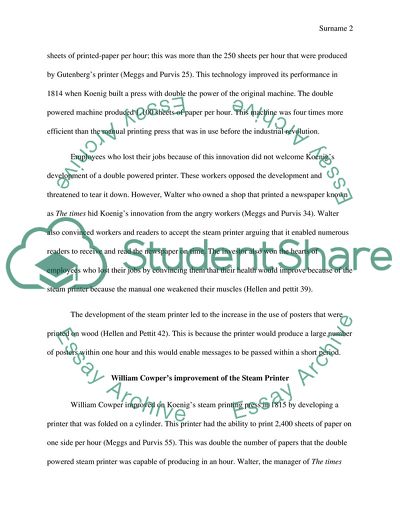Cite this document
(The Industrial Revolution and Effects on Graphic Design Coursework Example | Topics and Well Written Essays - 1250 words, n.d.)
The Industrial Revolution and Effects on Graphic Design Coursework Example | Topics and Well Written Essays - 1250 words. https://studentshare.org/visual-arts-film-studies/1842228-the-industrial-revolution-and-effects-on-graphic-design
The Industrial Revolution and Effects on Graphic Design Coursework Example | Topics and Well Written Essays - 1250 words. https://studentshare.org/visual-arts-film-studies/1842228-the-industrial-revolution-and-effects-on-graphic-design
(The Industrial Revolution and Effects on Graphic Design Coursework Example | Topics and Well Written Essays - 1250 Words)
The Industrial Revolution and Effects on Graphic Design Coursework Example | Topics and Well Written Essays - 1250 Words. https://studentshare.org/visual-arts-film-studies/1842228-the-industrial-revolution-and-effects-on-graphic-design.
The Industrial Revolution and Effects on Graphic Design Coursework Example | Topics and Well Written Essays - 1250 Words. https://studentshare.org/visual-arts-film-studies/1842228-the-industrial-revolution-and-effects-on-graphic-design.
“The Industrial Revolution and Effects on Graphic Design Coursework Example | Topics and Well Written Essays - 1250 Words”. https://studentshare.org/visual-arts-film-studies/1842228-the-industrial-revolution-and-effects-on-graphic-design.


